Karate’s Secret Weapon: The Impact of Pressure Point Techniques
Introduction
Karate, a martial art that embodies discipline, strength, and agility, has been practiced for centuries. One of the less discussed, yet fascinating aspects of Karate is the use of pressure point techniques. These techniques, often regarded as a secret weapon, work on the principle that the human body has various points that can be targeted to enhance one’s effectiveness in self-defense and competition. In this extensive article, we will delve deep into the intricacies of pressure point techniques in Karate, examining their history, scientific basis, practical applications, and their impact on practitioners.
1. Understanding Pressure Points
1.1 What Are Pressure Points?
Pressure points, known as “tsubos” in Japanese, are specific areas on the body where nerves gather, muscles are thin, and blood vessels are close to the surface. Striking these points can produce pain, incapacitation, or even loss of consciousness. While traditionally associated with Japanese martial arts, the understanding of pressure points is also evident in Chinese medicine, specifically in the practice of acupuncture and acupressure.
1.2 The Role of Pressure Points in Karate
Pressure point techniques in Karate are primarily utilized to disrupt an opponent’s balance, cause pain, or incapacitate them long enough to escape or execute a follow-up technique. Unlike full-force strikes, pressure point applications require precision and timing, making them a unique skill set within Karate.
2. Historical Context
2.1 Origins of Pressure Points
The concept of targeting specific areas of the body is not new. Historical texts indicate that various martial arts, including Chinese Kung Fu and Japanese Jujutsu, incorporated pressure point techniques. With the introduction of Karate to the West in the early 20th century, practitioners gradually began to explore these techniques in depth.
2.2 Integration into Modern Karate Schools
Many modern Karate styles include pressure point techniques as part of their curriculum. However, the emphasis placed on these techniques can vary broadly. Some schools may incorporate them heavily, while others treat them as supplementary knowledge, only recognizing their value in advanced training.
3. The Science Behind Pressure Points
3.1 Anatomy and Physiology
The human body is a complex system where different organs and functions interact. Understanding basic anatomy and physiology is crucial for mastering pressure point techniques. Key components involved include:
-
Nervous System: Certain pressure points are intimately connected to the nervous system, allowing strikes at these points to produce rapid responses.
-
Circulatory System: Targeting areas close to blood vessels can also result in dizziness or disorientation due to reduced blood flow.
3.2 The Impact of Shock and Pain
When a pressure point is struck, it can either cause immediate pain through nerve stimulation or a shock response that can incapacitate a person momentarily. This reaction is grounded in the body’s fight-or-flight response, a mechanism that has evolved to protect us from danger.
4. Types of Pressure Points Used in Karate
4.1 Common Pressure Points
Various pressure points are commonly targeted in Karate, each with unique effects:
- Temple (Shinmoku): A sensitive area that, when struck, can cause disorientation.
- Solar Plexus (Seika-tanden): A powerful target that, when hit, can knock the wind out of an opponent.
- Jaw (Koshi): A well-placed strike can destabilize an opponent or lead to a knockout.
4.2 Application in Techniques
Usually, Karate practitioners integrate pressure point techniques into various strikes and throws. For example, a punch or elbow strike delivered to the solar plexus can incapacitate the opponent, allowing for further moves.
5. Training for Pressure Point Techniques
5.1 Proper Techniques and Ethics
When training in pressure point techniques, emphasis should be placed on ethics. Practicing these techniques responsibly is crucial, as they can cause significant harm if used improperly. Many dojos implement rules ensuring that students learn the techniques in a controlled and safe environment.
5.2 Focused Drills and Sparring
Practitioners often engage in drills focused solely on pressure point applications. Controlled sparring sessions can also help students understand how to use these techniques effectively in dynamic situations.
6. The Practical Applications of Pressure Point Techniques
6.1 Self-Defense Scenarios
In real-life self-defense situations, pressure point techniques can prove invaluable. Here are some illustrative scenarios:
- Defending Against an Attacker: A well-timed strike to the temple can open an opportunity to escape.
- De-escalating Confrontations: Using pressure points can allow a practitioner to incapacitate an aggressor without inflicting long-term damage.
6.2 Competitive Karate
In tournaments, practitioners can employ pressure points to gain an advantage over their opponents. Understanding the anatomy can lead to strategic strikes that score points while minimizing risk.
7. Pressure Points vs. Traditional Techniques
7.1 Complementing Standard Strikes
Pressure point techniques are often seen as complementary to standard punching and kicking techniques. Instead of relying solely on brute force, these techniques enhance a martial artist’s ability to use precision and timing.
7.2 Evolving Perspectives
As martial arts evolve, the integration of pressure points into training and competition continues to change. This evolution reflects a growing understanding of the science behind martial arts and a desire for effective self-defense techniques.
8. Case Studies and Expert Opinions
8.1 Interviews with Karate Masters
Many martial artists emphasize the importance of pressure points in their training. Interviews with various Karate masters reveal a consensus on the value of integrating these techniques.
8.2 Scientific Studies
Research into the physiological responses to striking pressure points corroborates traditional beliefs about their effectiveness. Studies show altered pain perception and reflex responses when these areas are targeted.
9. Conclusion
Pressure point techniques represent a compelling aspect of Karate that can enhance a practitioner’s effectiveness in self-defense and competition. Understanding their application, ethical considerations, and scientific basis can empower martial artists and contribute to their overall development. As Karate continues to evolve, the mastery of pressure point techniques may very well become a defining feature of the art, illustrating the balance of strength, precision, and wisdom inherent in this ancient practice.
References
- [Source on traditional Japanese martial arts and pressure points]
- [Research studies on the human body’s response to pressure points]
- [Interviews with Karate practitioners and experts]
- [Textbooks on anatomy and the principles of martial arts]
- [Documentation on the history of Karate and its techniques]
This article provides a comprehensive look at the impact of pressure point techniques in Karate, encompassing historical, scientific, and practical aspects. Each section presents vital information aimed at enlightening current and aspiring practitioners on their importance and utility in martial arts. As awareness and understanding increase, so too will the effectiveness and responsibility with which these techniques are used.








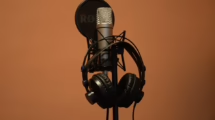
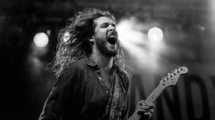
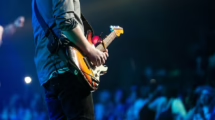
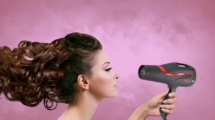

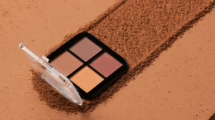




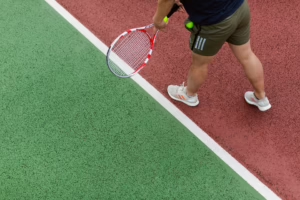
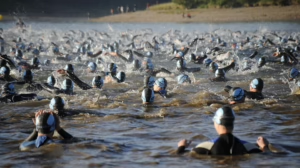

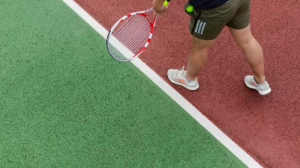




Add Comment